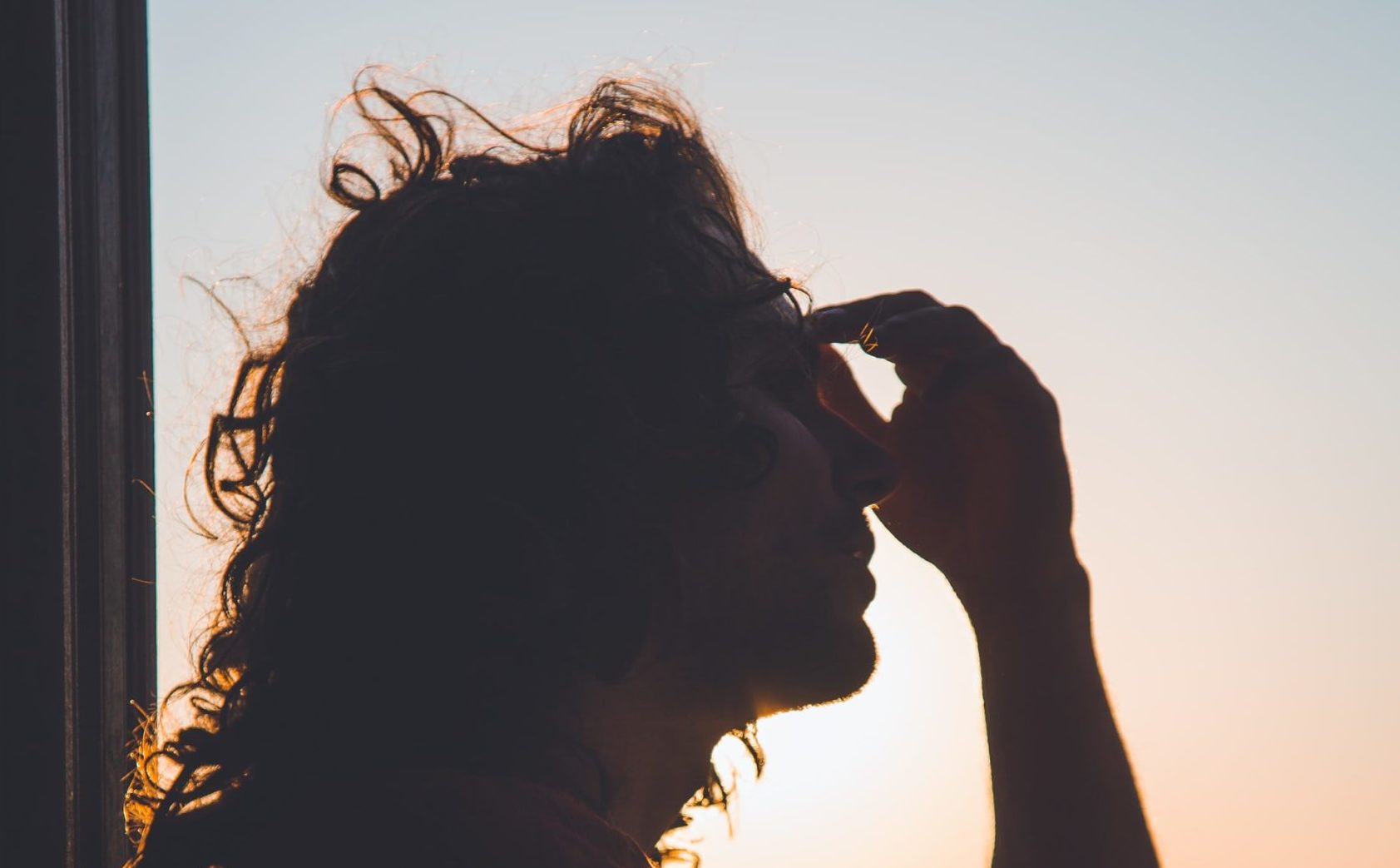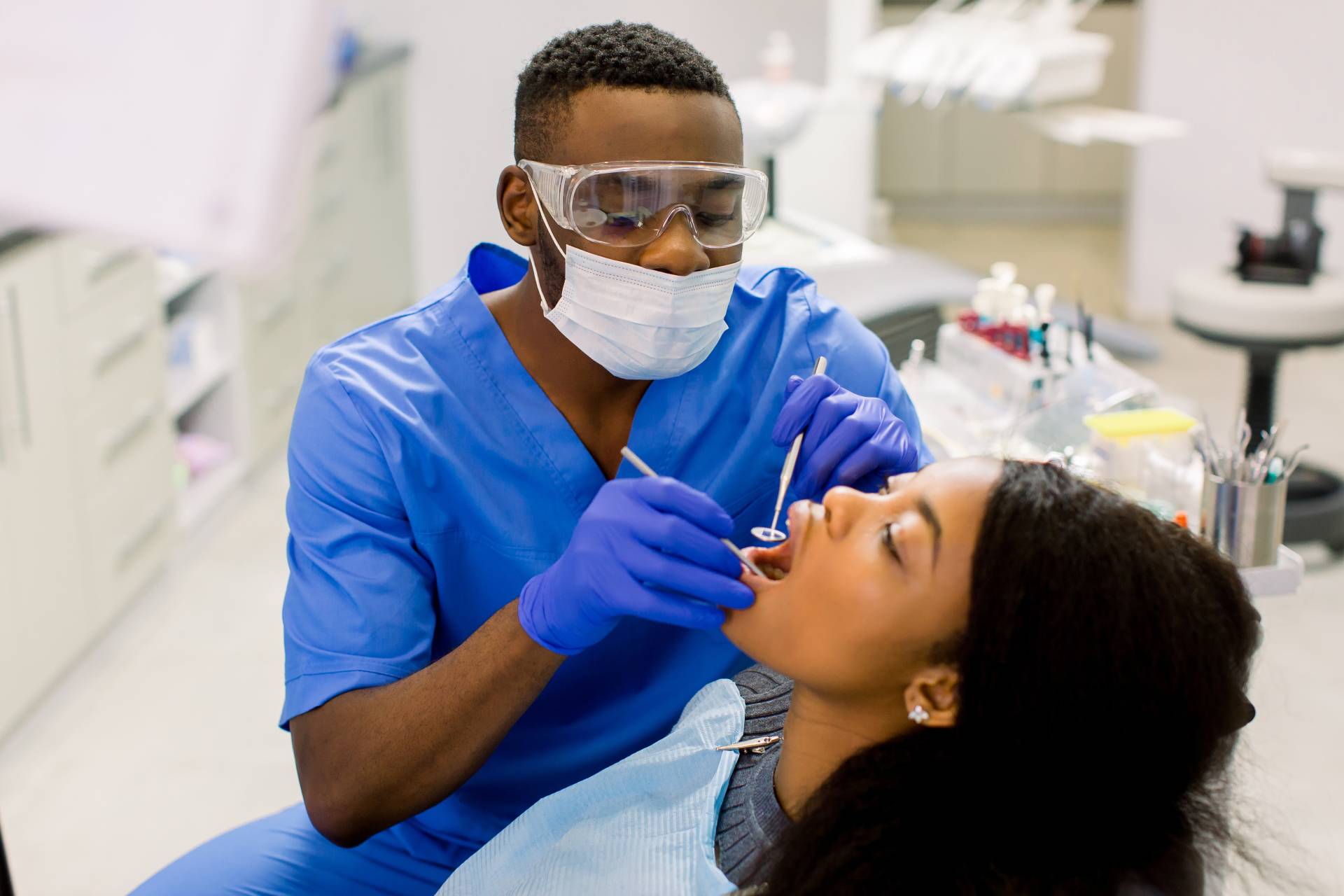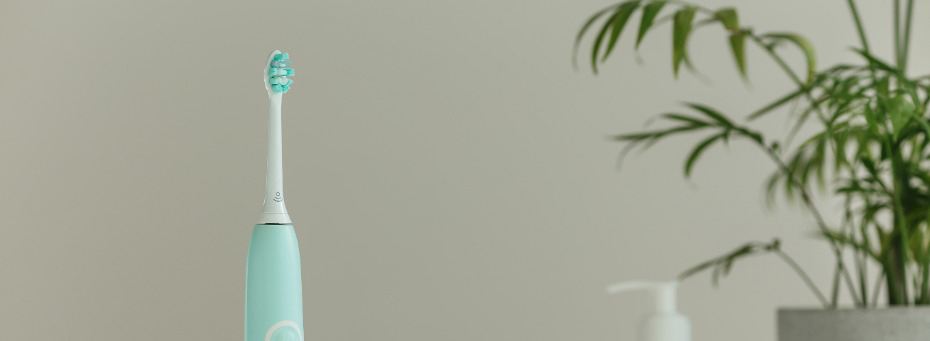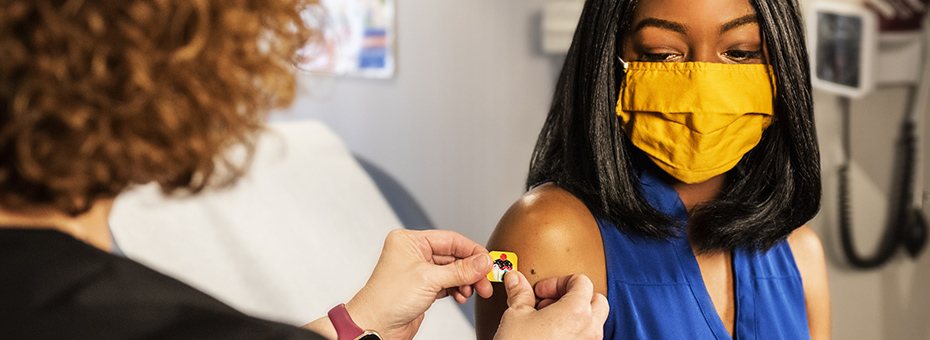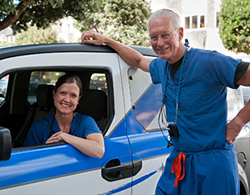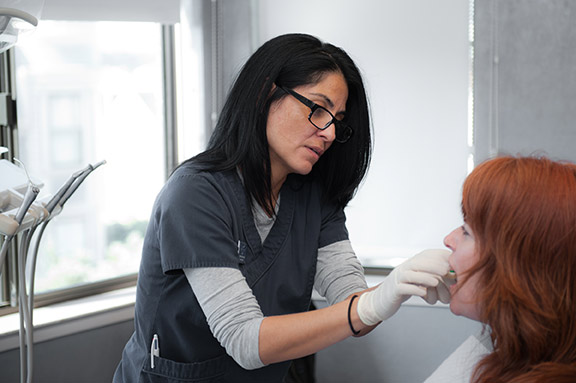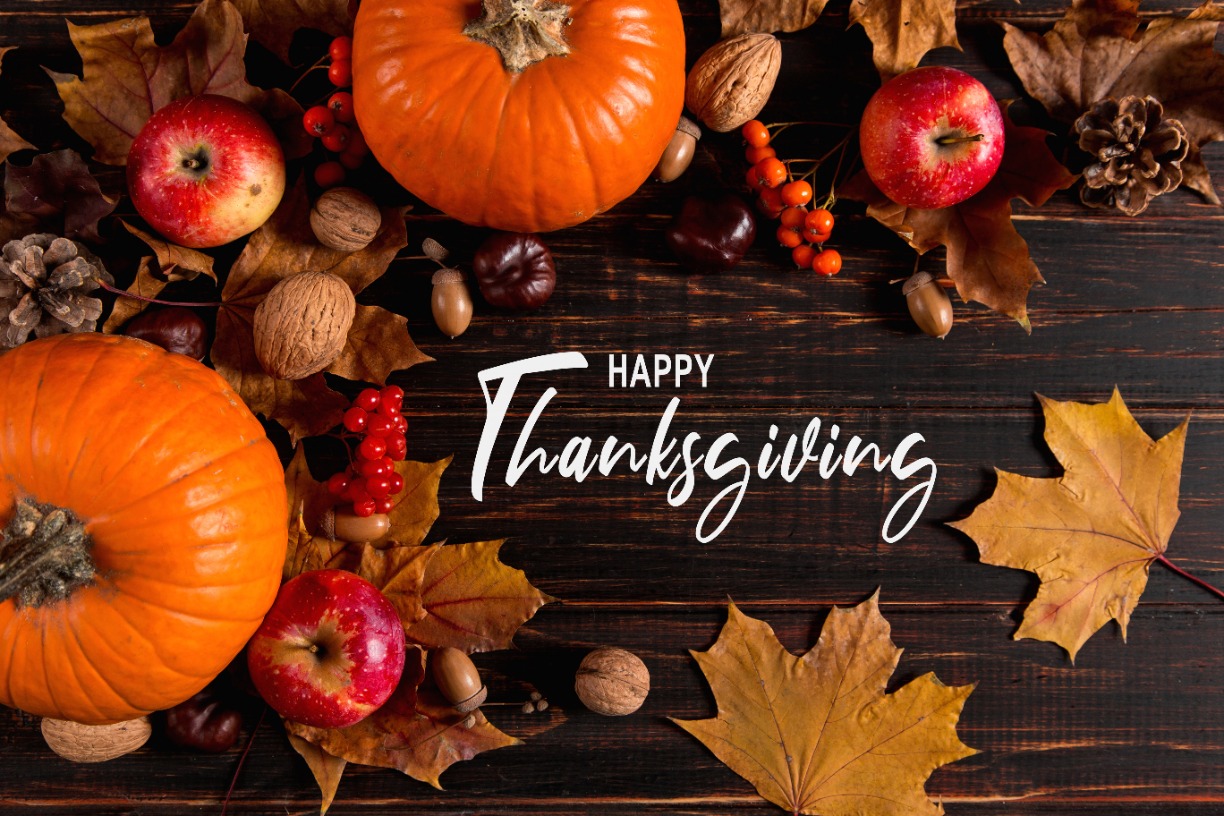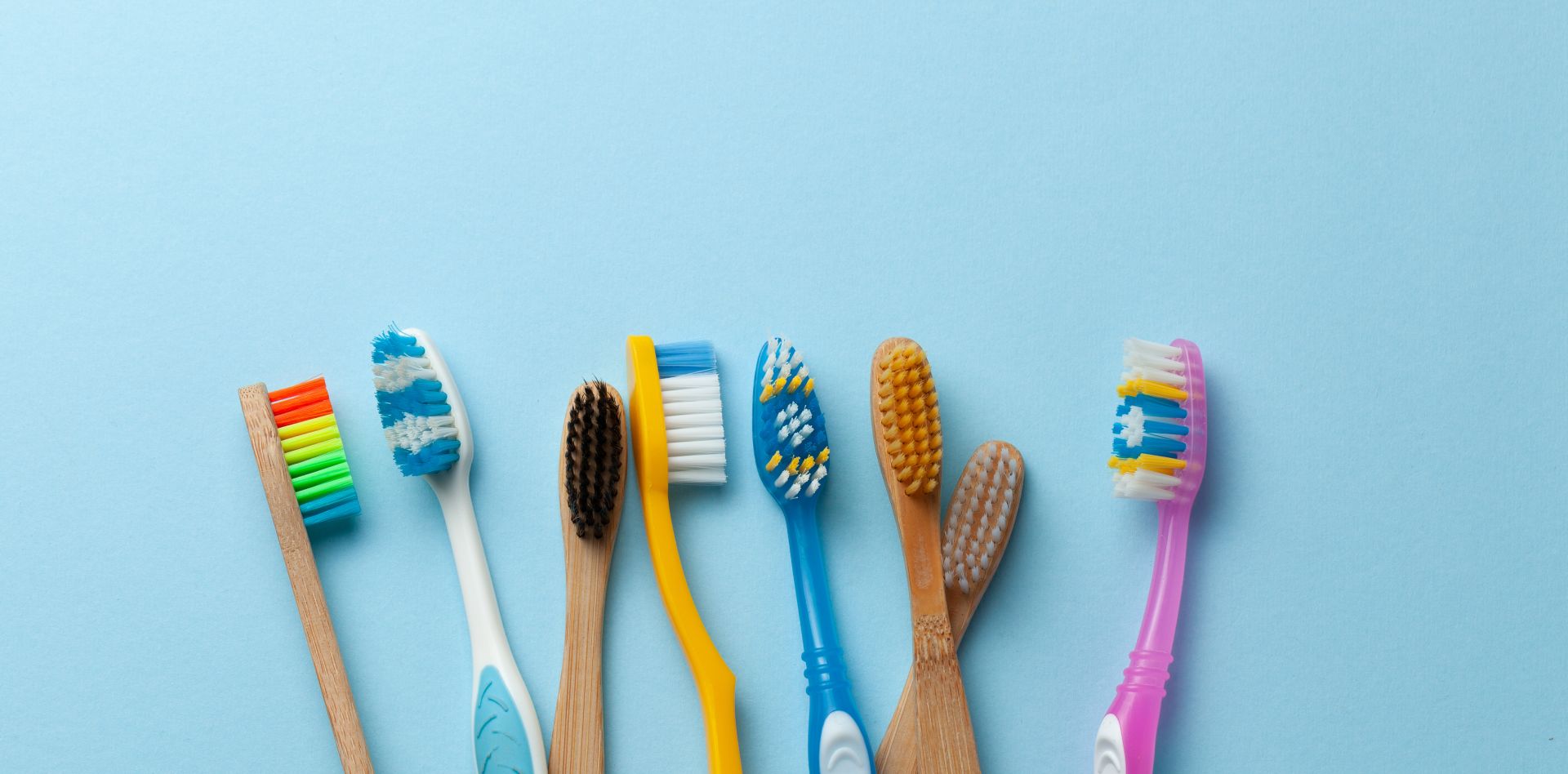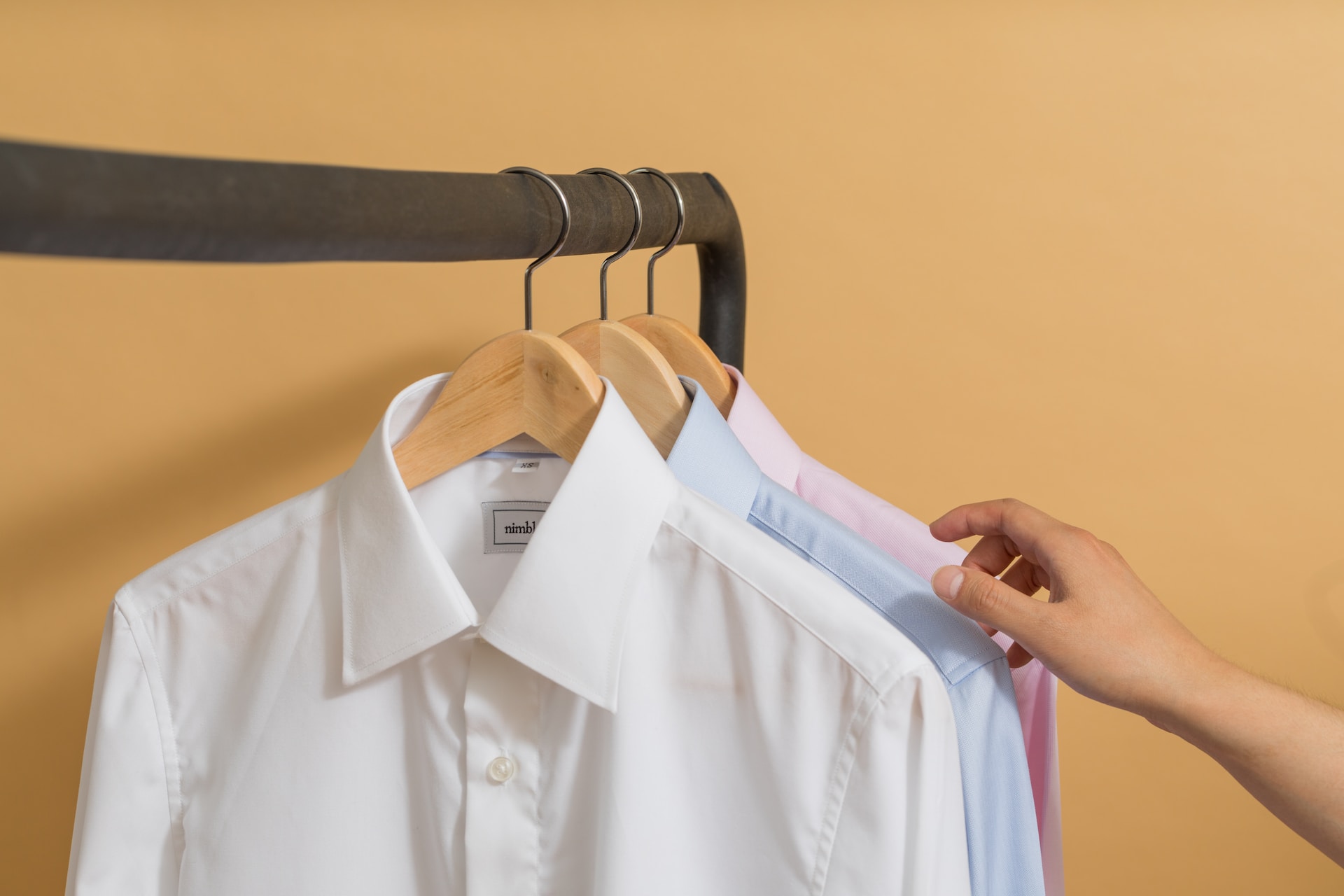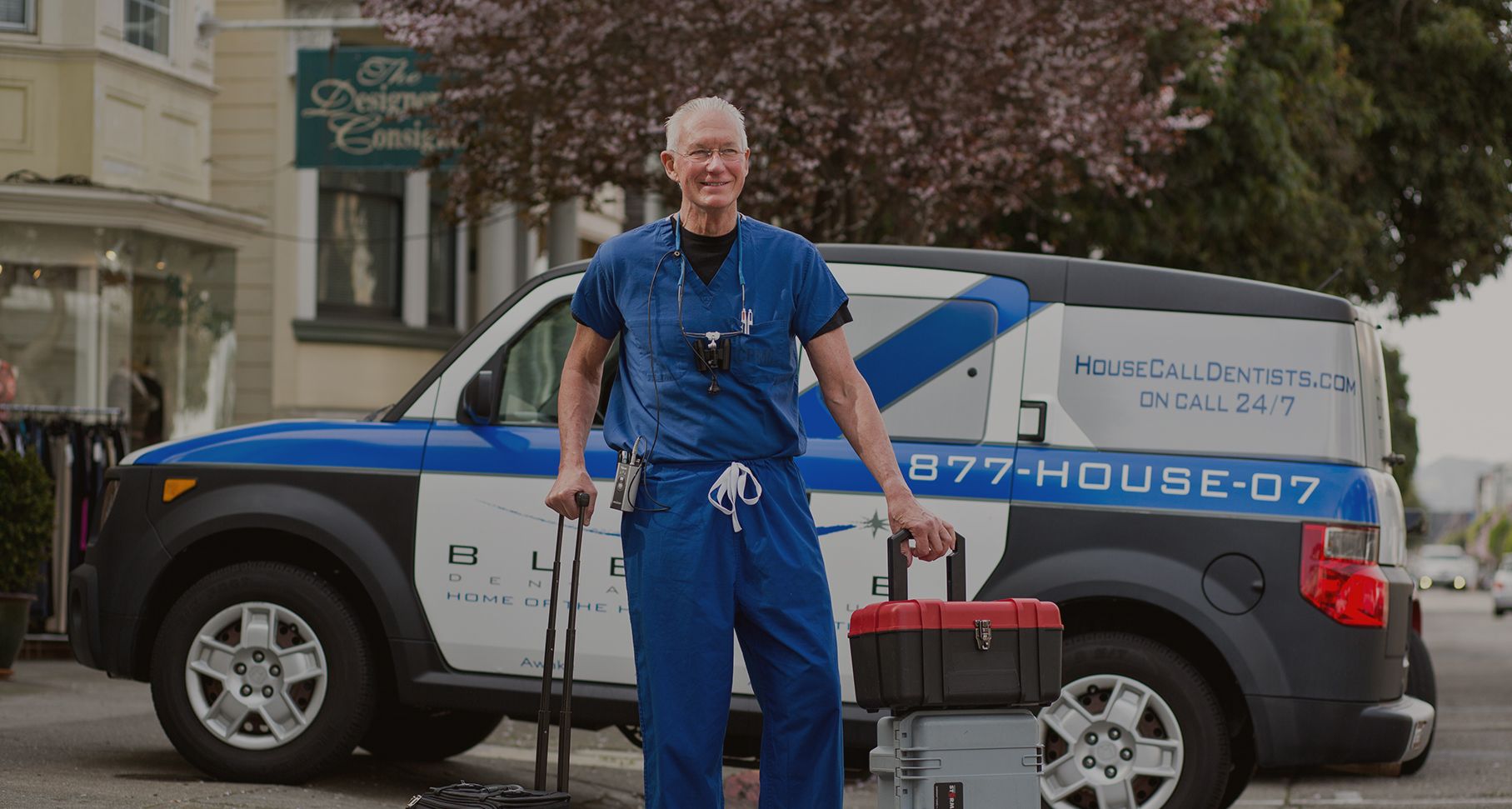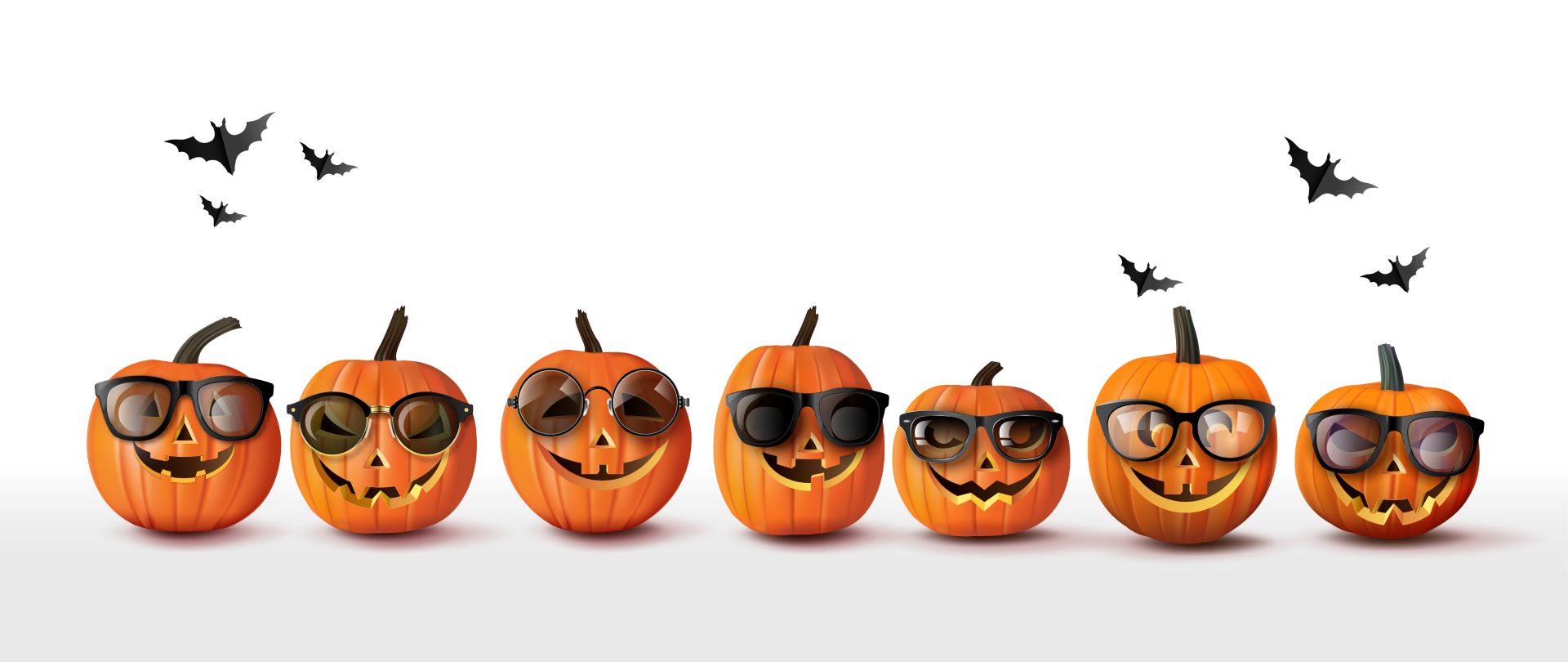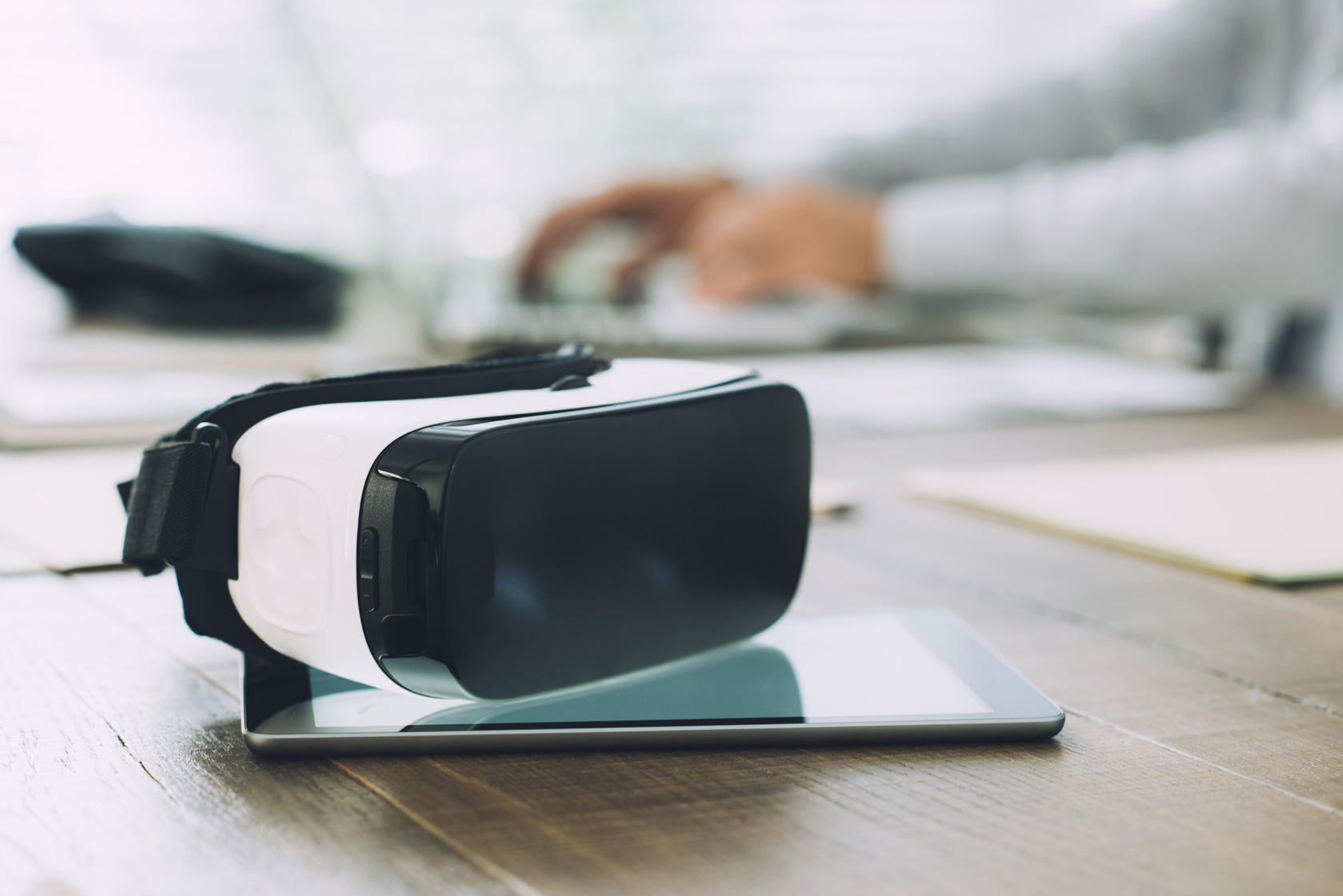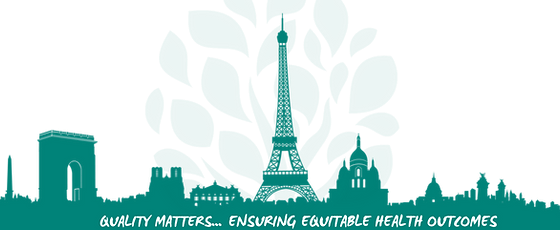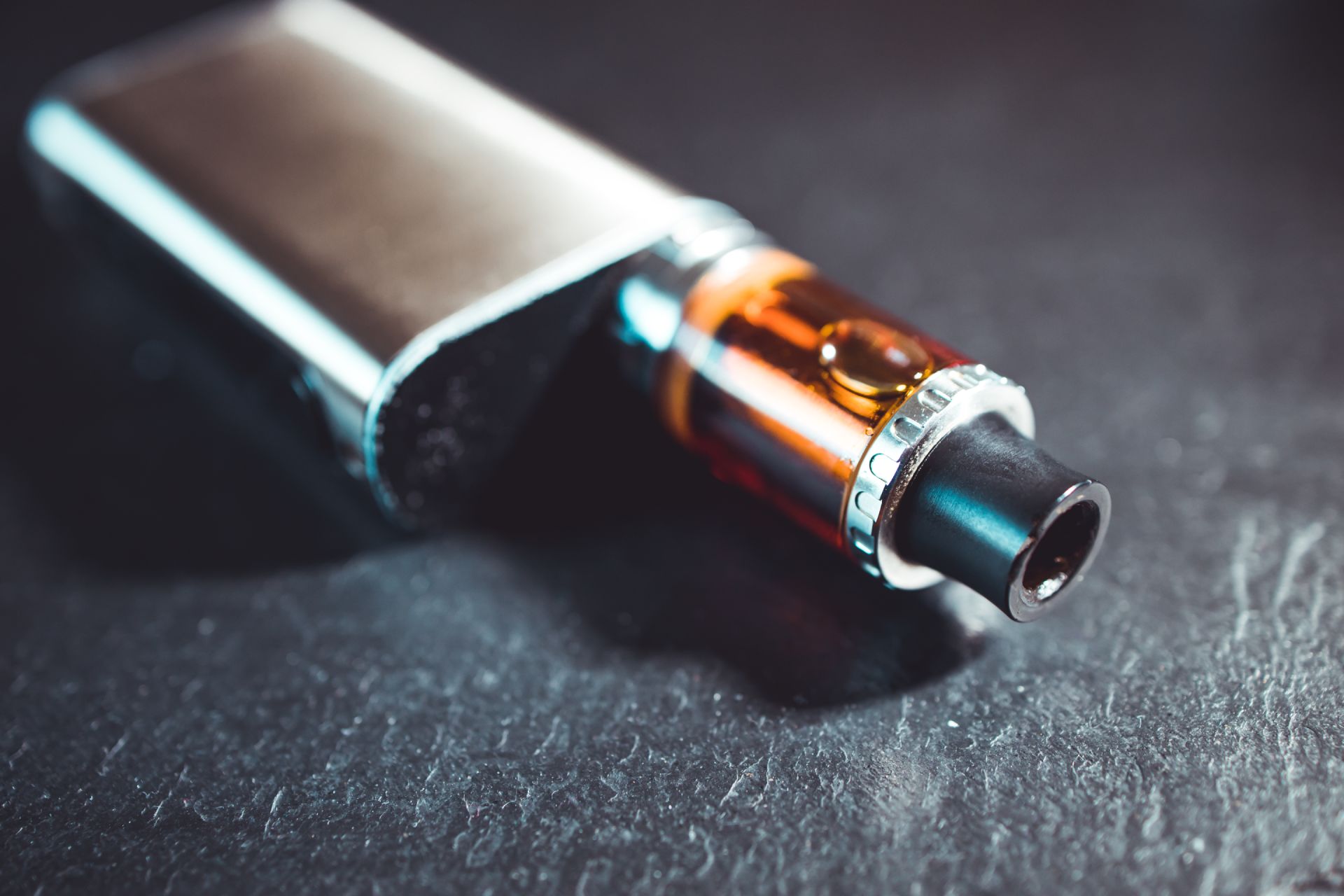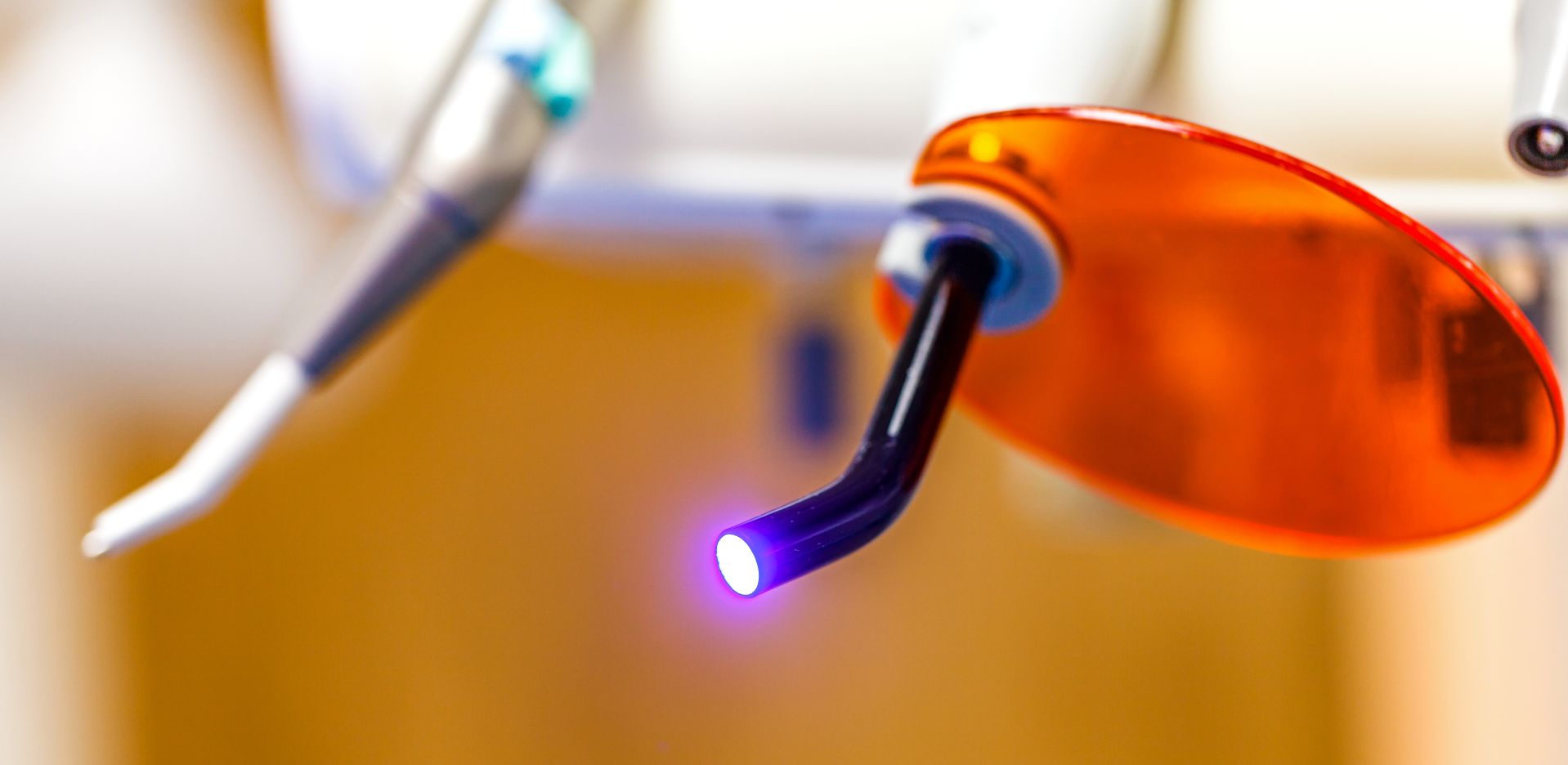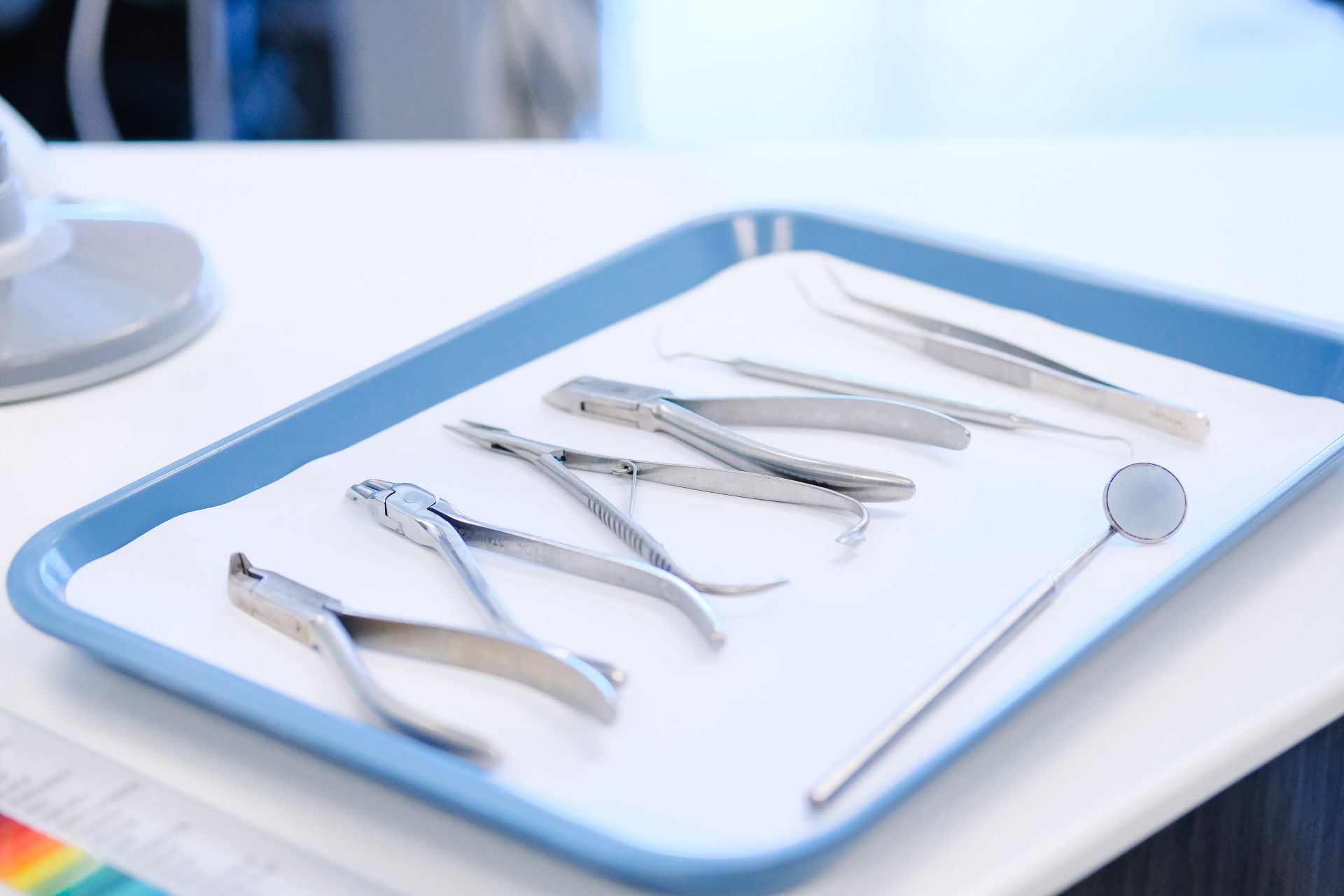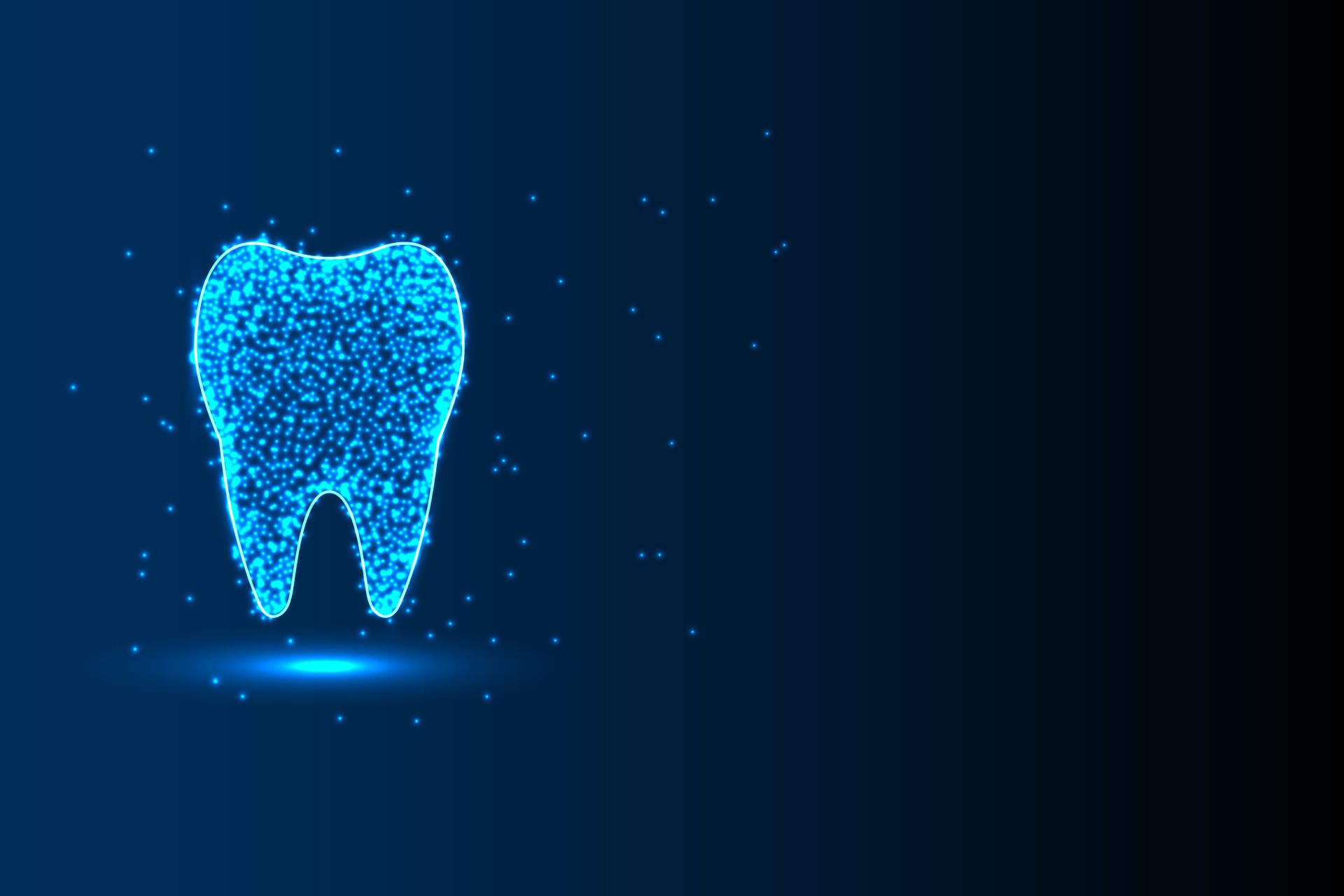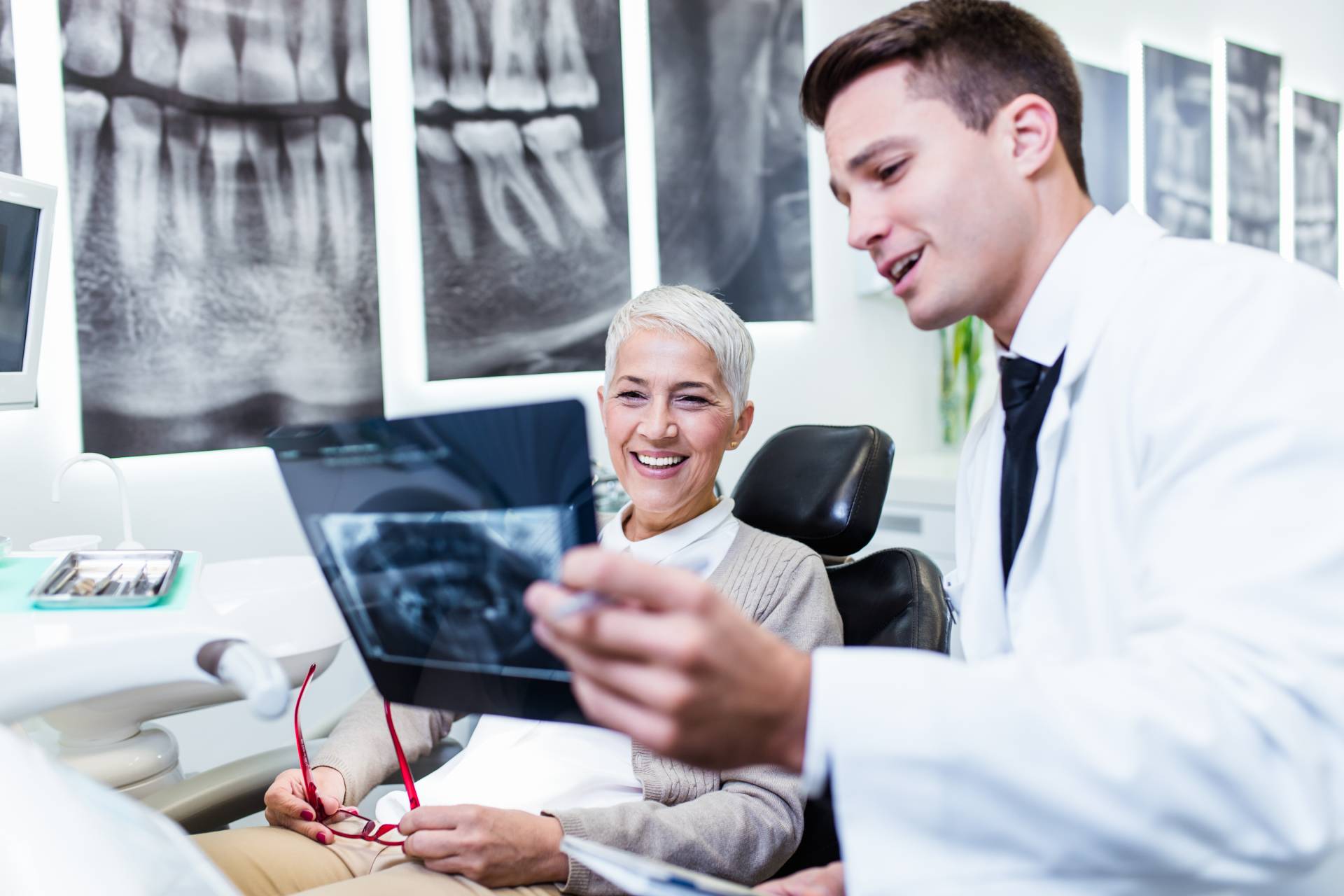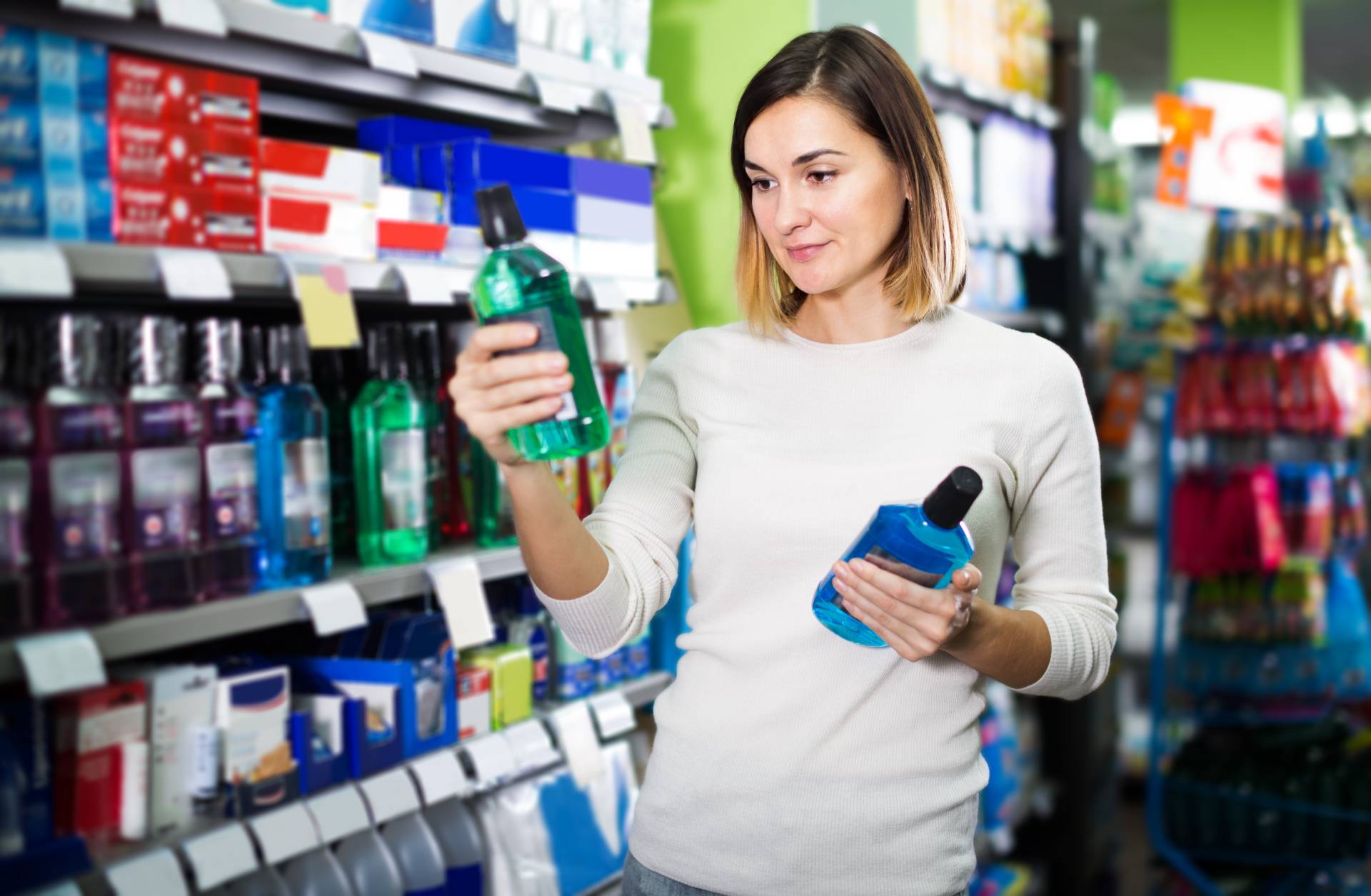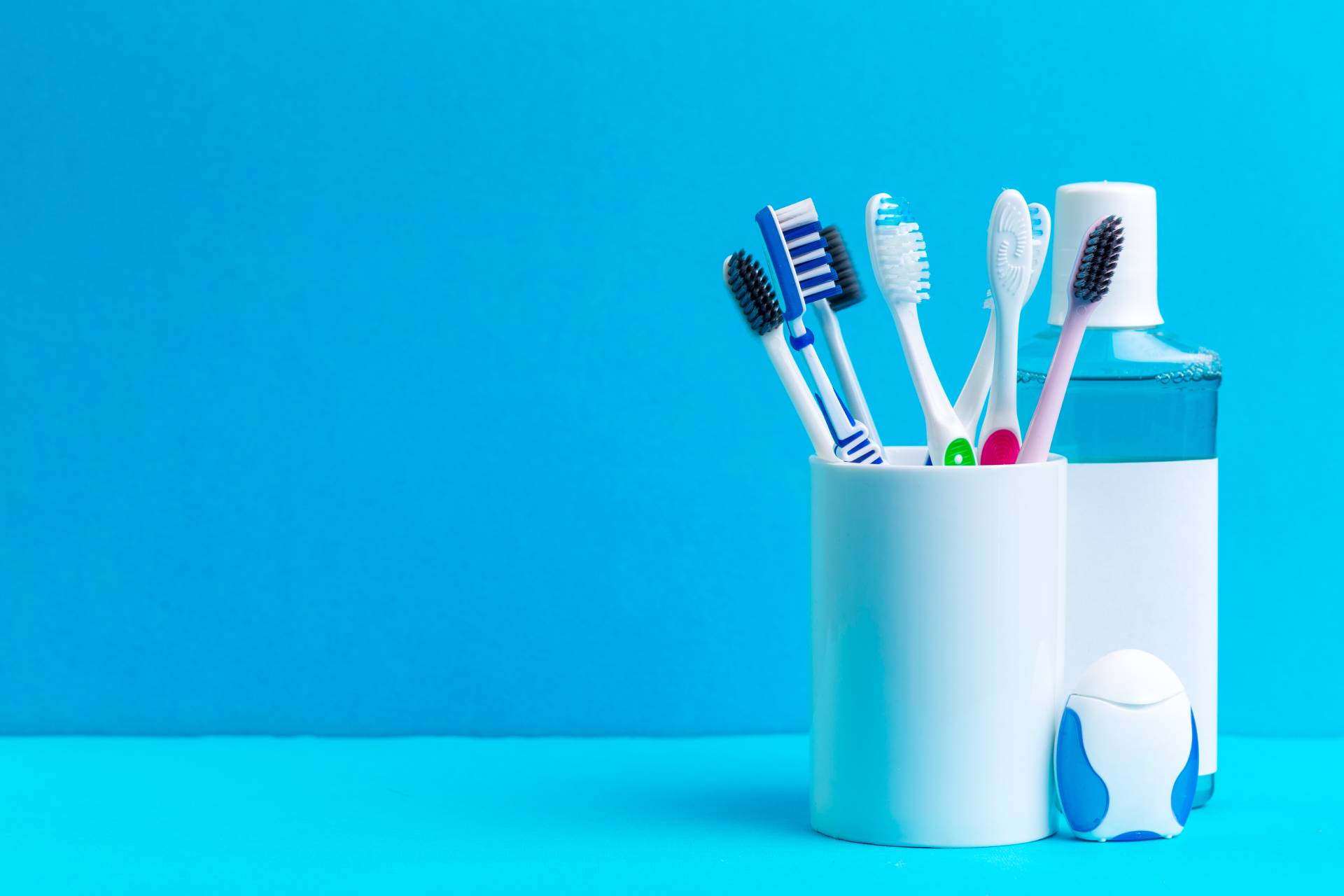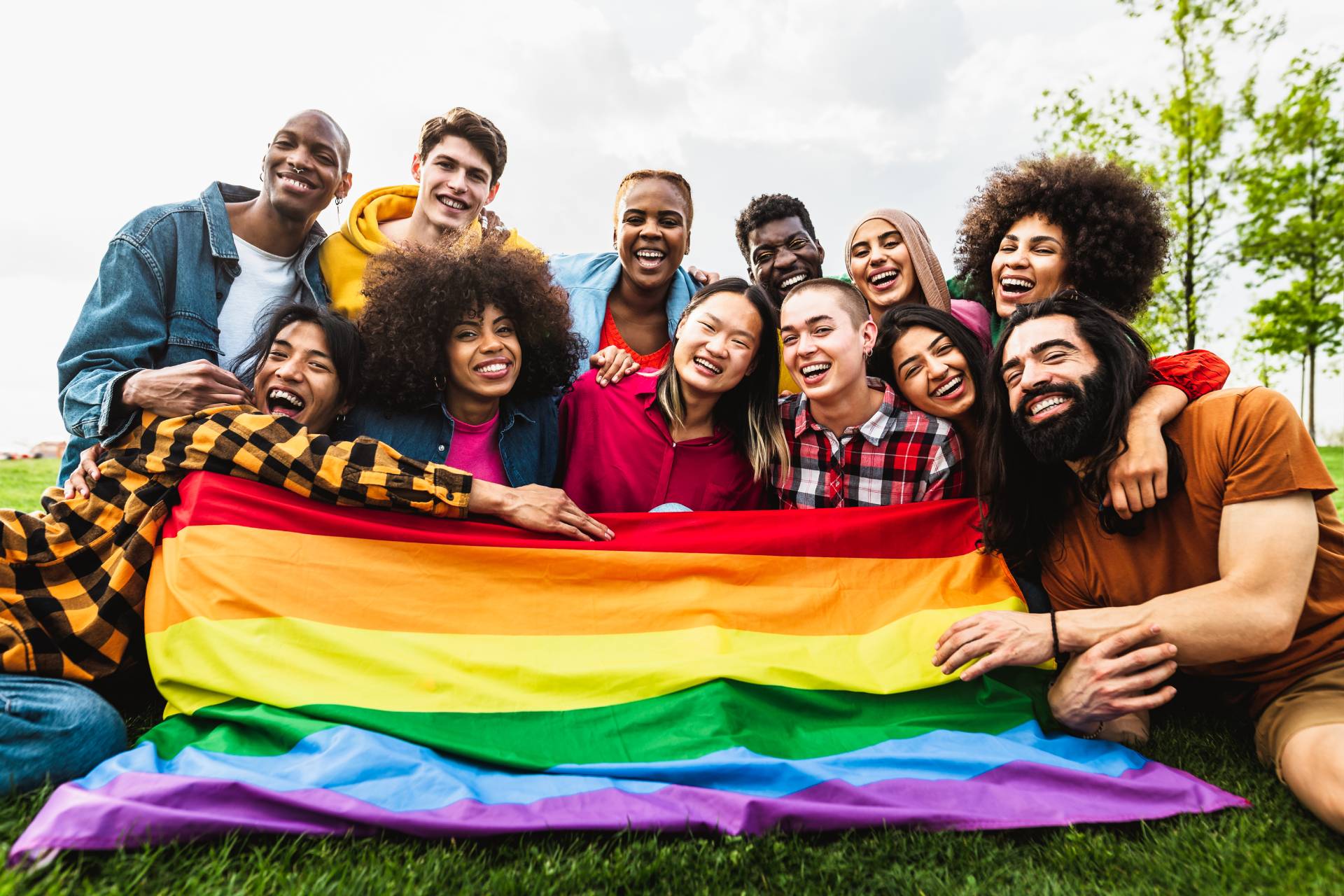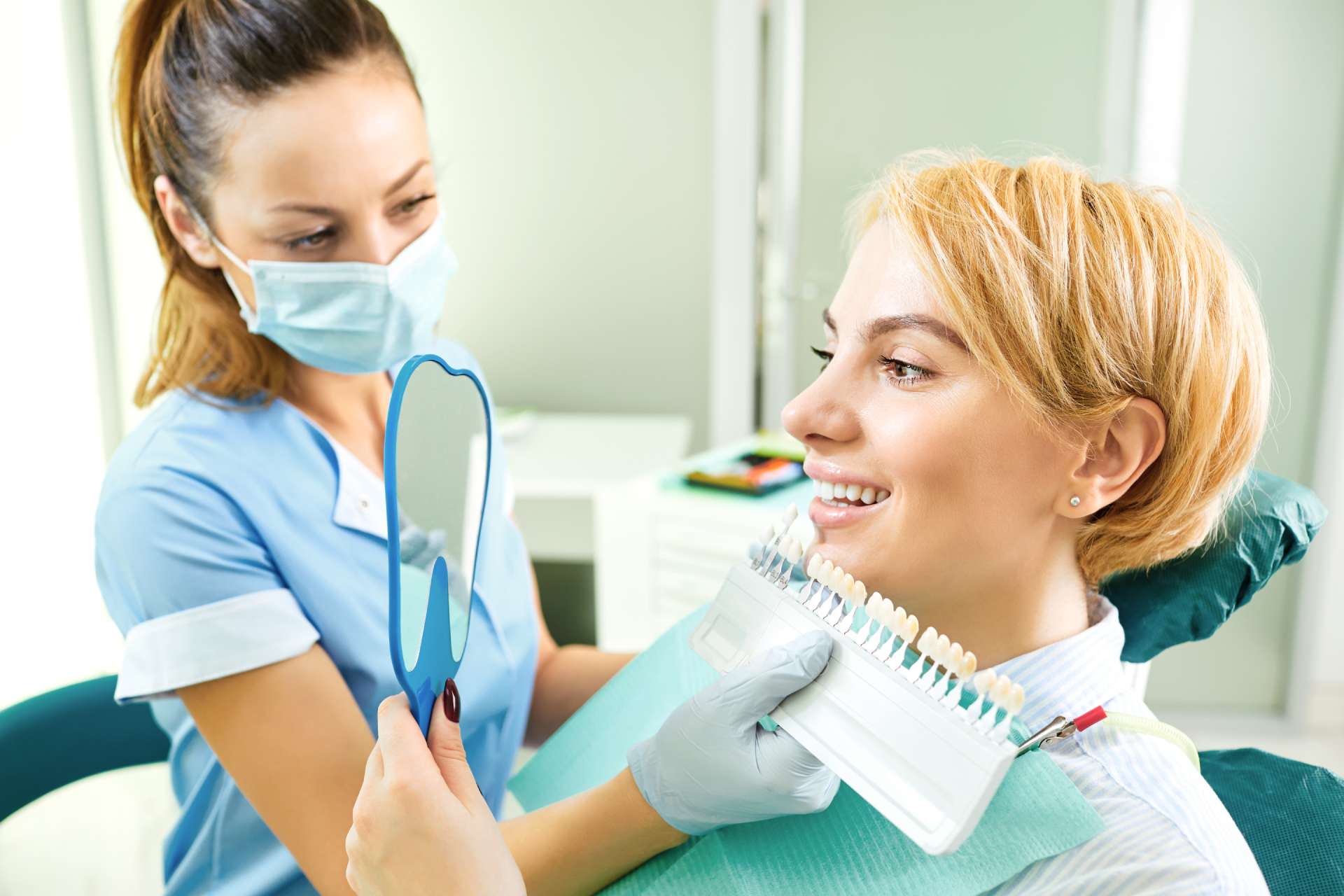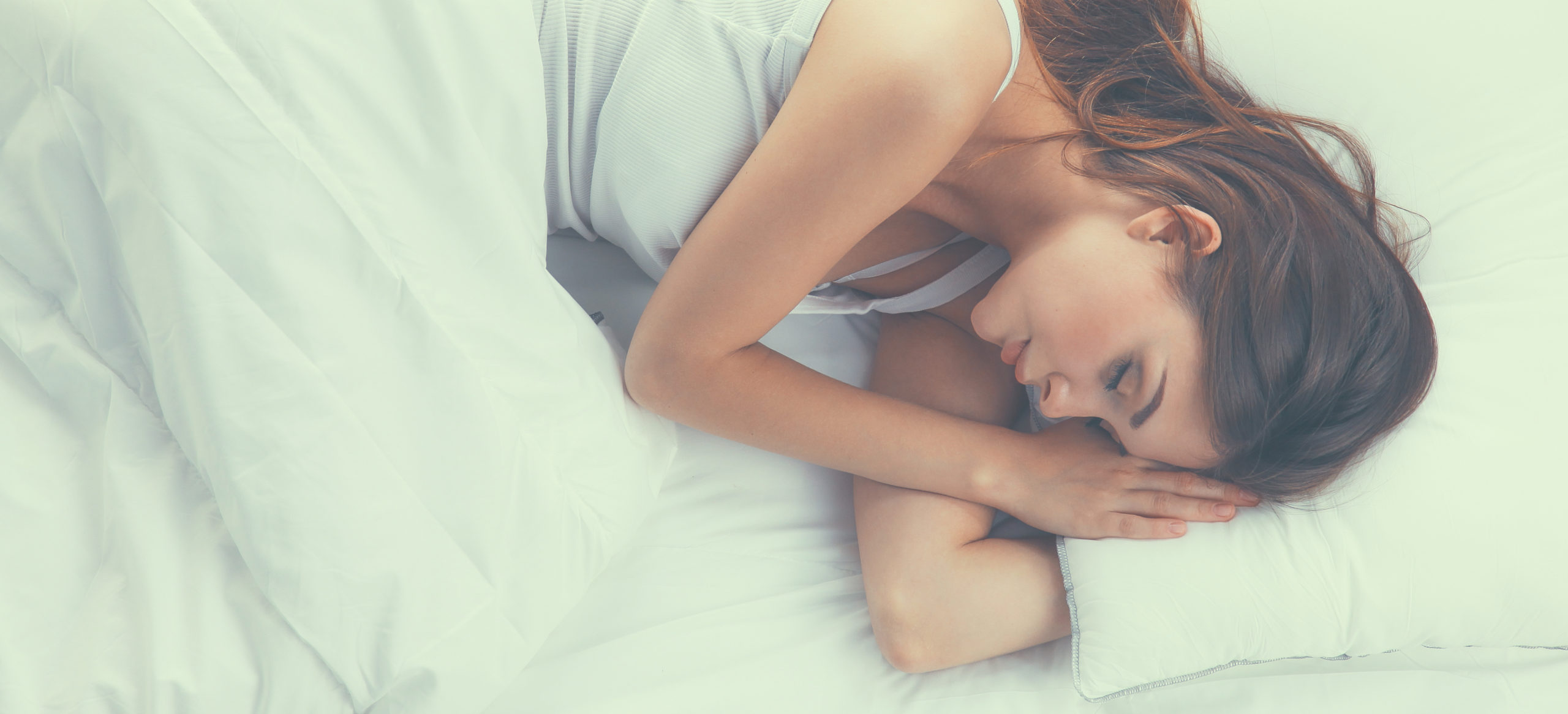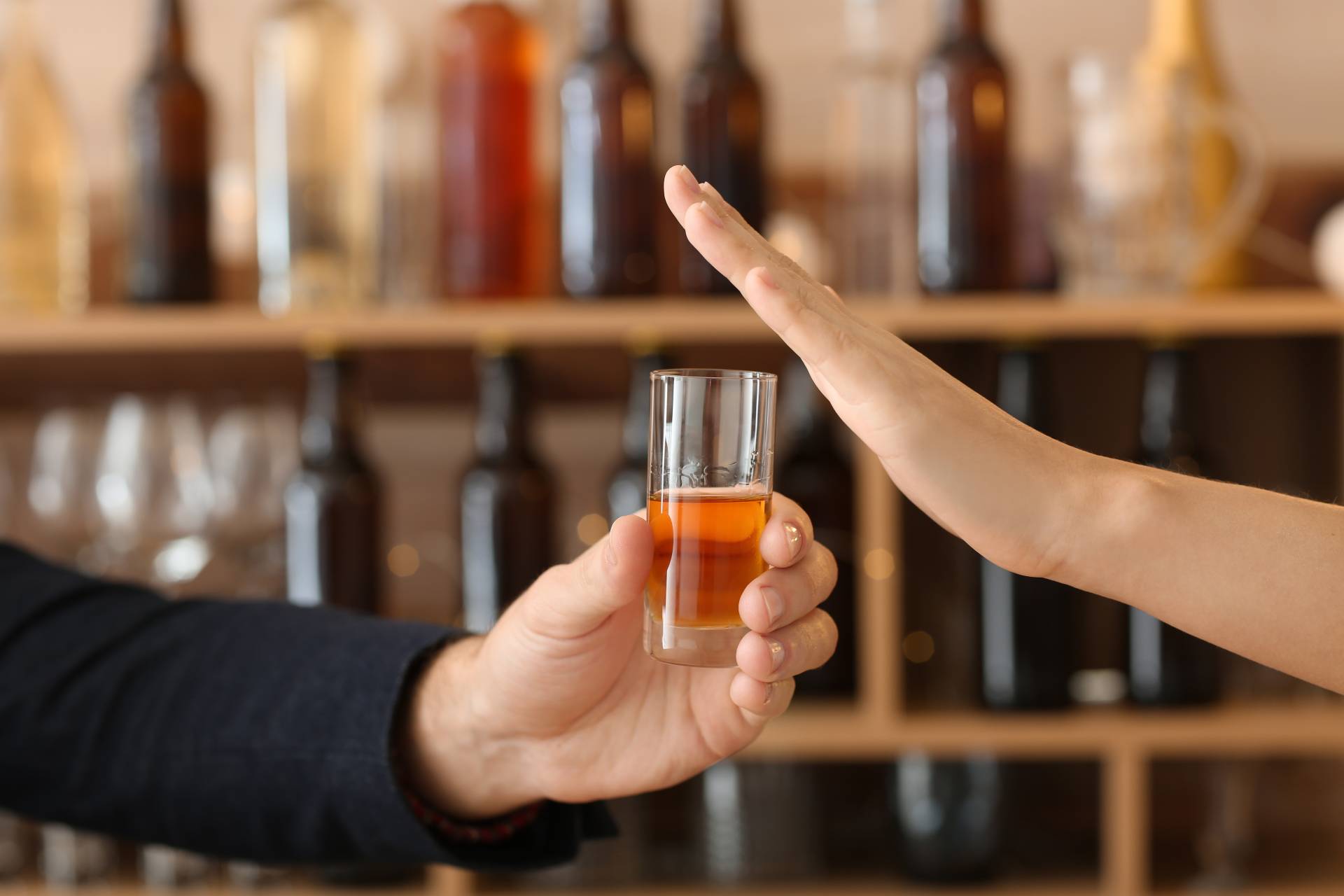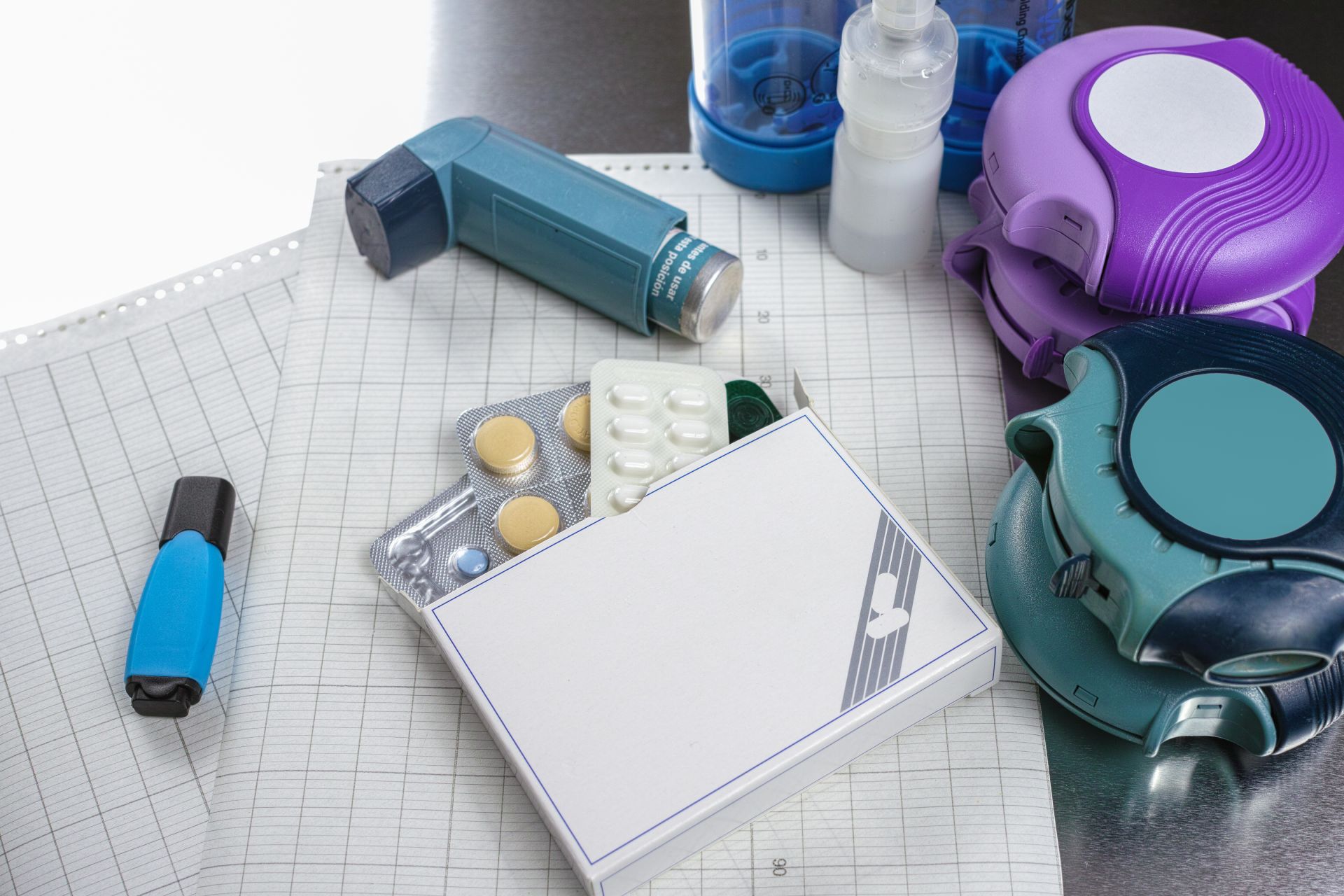All Posts
COVID-19: What a Headache, What a Toothache
It’s probably not shocking news to most people that a resurgence of COVID-19 has come roaring back during the holiday season. Health officials warned early in the summer months that we could face a “dark winter” given the anticipated rise in social gatherings and seasonal celebrations common to this time of year. Yet nothing associated with the outbreak of the novel coronavirus has left the world with situations we could readily label as common or normal. Yes, it’s a drag. Yes, the saturation of countless articles and media shock pieces about the pandemic have worn folks down. But although we’re all well aware of the general health crisis, too few people are focusing on the subsequent oral healthcare problem. COVID-19 hasn’t just become a pain in the you-know-what, it’s created concerning levels of pain in the mouth.
The pandemic is a real headache, now causing real toothaches
Grinding Is Becoming Our New Grind
Dentists around the country have witnessed a surge in excessive teeth grinding or clenching, technically called bruxism, since the pandemic began. Chronic teeth grinding wears down the protective layer of enamel on the tooth, which leads to fractures, jaw pain, facial discomfort, and even loss of teeth in severe cases.
“Many dentists attribute the recent surge in bruxism to increased stress, which has been linked to bruxism in a number of studies, though not as a direct cause,” wrote MedicalXPress, citing an article by Bethany Ao in The Philadelphia Inquirer, which illustrated the oral health concerns of bruxism related to the pandemic.
Ao interviewed Thomas Sollecito, chair of oral medicine at the University of Pennsylvania School of Dental Medicine, who was not surprised by the increase in stress-related teeth grinding.
“I would be surprised if there wasn’t an increase,” he said. “The stress and distress of the world’s events will affect things like sleep and someone’s clenching and grinding. If we’re constantly under that duress, the frequency and intensity of clenching and grinding is just going to continue.”
In a similar piece that appeared in the Washington Post, Emily Sohn spoke with her own dentist, Jennifer Herbert, about the correlation between the stress of the pandemic and the growing incidence of bruxism cases: “It’s astronomical,” she says. “I’’e seen more patients with problems from grinding in the last few months than I have in the rest of my career.”
“There is bruxism that happens while awake and bruxism that happens during sleep,” Sohn explained. “Each has its own causes and potential solutions, but both appear to be common. Sleep bruxism, which is more well-studied, occurs in an estimated 5 to 8 percent of adults (and in up to 50 percent of children, although it usually goes away as they get older). But benign clenching and grinding into adulthood is far more common than that. A full 60 percent of adults exhibit some amount of rhythmic movement and muscle contractions in their jaws during sleep, studies show.”
Those statistics have skyrocketed since the outbreak of COVID-19.
Researchers Establish Link Between COVID-19 and Bruxism
MedicalNewsToday revealed that research conducted in Poland and Israel suggests a strong link between bruxism and the coronavirus. The study appears in the Journal of Clinical Medicine, with Alona Emodi-Perlman and Ilana Eli of Goldschleger School of Dental Medicine at TAU’s Sackler Faculty of Medicine as its lead authors. As they noted:
“Our study, conducted during the first lockdown of the COVID-19 pandemic, found a significant rise in the symptoms of jaw and facial pain, jaw-clenching, and teeth-grinding — well-known manifestations of anxiety and emotional distress.”
The research found that the effect was stronger in Poland than in Israel, with respondents reporting a 34% increase in the incidence of TMD symptoms during lockdown. In Israel, the increase was 15%.
Healthline, referencing the study, reported that the situation isn’t just limited to other countries: “In addition, experts like Sherwin Arman, DMD, MPH, director of the UCLA Orofacial Pain Program, say it’s quite possible that the same thing is happening here in the United States.”
- Scientists have found that many people are experiencing increased teeth grinding and pain during the COVID-19 pandemic.
- This is most likely due to the stress and anxiety associated with the pandemic.
- Anyone who’s under stress is likely to experience jaw clenching and teeth grinding.
But even with the promise of two potential vaccines—one announced on November 16 by Moderna as 94.5% effective and another developed by Pfizer that was more than 90% effective in clinical trials—the precautions implemented during the pandemic won’t be going away soon, as we discussed in our blog previously. Dr. Anthony Fauci, director of the National Institute of Allergy and Infectious Diseases, cautioned that “when a vaccine arrives, a return to normality will rely on huge numbers of vulnerable Americans taking it in massive numbers, but social distancing could still be required for some time.” Aurogra http://valleyofthesunpharmacy.com/aurogra/
This scenario appears highly likely. Forty million doses of vaccines are expected to be available by the end of 2020. It takes two doses for one person to be vaccinated. This means, at most, that 20 million people, or 6% of the population, could be vaccinated this year, according to vaccine distribution data published by Vox.
Special Circumstances for Those with Special Needs
During an interview with Dr. Lindzy Goodman, DDS, of House Call Dentists, hosted by Inspired Memory Care’s Nettie Harper and Kelly Gilligan, Dr. Goodman indicated that the lockdowns and anxieties associated with COVID-19 have exacerbated the problem of bruxism.
“Because of COVID, there are so many people under stress,” Dr. Goodman said. “And we have never seen so many fractured teeth because of grinding and clenching. We’re continuing to see dental emergencies out of stress more than anything during this time. We cannot just close our doors to patients, and we must take extra steps to stay safe.”
For people in assisted living or similar care facilities, though, these challenges are far greater to surpass. Patients with dementia, for examples, don’t necessarily understand that process or have the ability to sit through a traditional visit. House calls immediately eliminate the first barrier to care. More importantly, this approach affords a stronger, safer, and more comfortable relationship between special needs patients, their caregivers, and dentists.
House Call Dentists has designed programs that introduce caregivers to new resources, train them on using tools such as cheek retractors and mouth supports, and providing ongoing guidance on preventative and palliative care options. Caregivers, whether the adult children of elderly patients or personnel employed by a facility, don’t actually have robust training in monitoring and administering oral care for patients with physical or cognitive disabilities. Education therefore remains an instrumental weapon in the fight for better oral health.
Focusing on Prevention
Dr. Goodman expressed that 90% of dental visits are preventable. The bad news is that many of us aren’t very good at it.
- Over 70% of American seniors have periodontal disease.
- Nearly 50% of adults over the age of 30 have periodontal disease.
- About 65% of working adults already put off essential visits to the dentist.
Further compounding the problem was the World Health Organization (WHO) urging the public in August to avoid routine dental visits during the pandemic. Fortunately, there’s plenty of good news, too.
- Simply brushing twice daily and flossing once a day are two critical behaviors that are proven to prevent the risk of all oral infections — and they require only a few minutes each day.
- Dry mouth is an oral health risk. Drinking water throughout the day, rather than coffee or sugary beverages, can dramatically curb dental problems.
- Dental offices have been allowed to reopen after implementing some of the highest sterilization and disease prevention measures in the nation’s businesses. So resuming routine visits is much easier now.
- A new survey by the American Dental Association indicates that less than 1% of dentists nationwide have tested positive for COVID-19. Experts say that’s because of enhanced safety policies and disinfectant practices dental offices have had for decades.
- Dental professionals will be included in the state’s first-phase distribution of COVID-19 vaccine shots. California will receive 327,000 doses of the vaccine in the first state shipment expected mid-December, according to the California Department of Public Health.
Of course, there remain people who can’t visit the dentist because of special needs, cognitive disorders, physical limitations, or other challenges. For those with special needs, the dentist can come to them. House Call Dentists (HCD) specializes in safe, sterile, and comfortable care onsite at a patient’s home or assisted living facility. To learn more, visit the HCD website.
Corporate HR leaders also have a unique option to allow dental professionals to administer preventative oral care at their facilities through our affiliated organization Dentists on Demand (DOD). The solution also incorporates the highest standards of sterilization and safety, exceptional care, and the latest advances in portable equipment, telemedicine, and technology. To see what DOD is all about, check out their solutions.
Let's brighten
that smile
The when and where are up to you.
